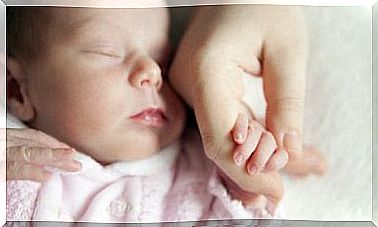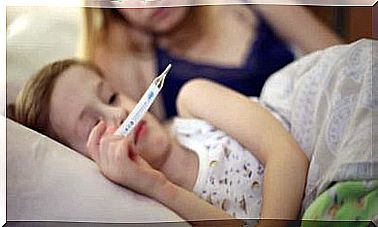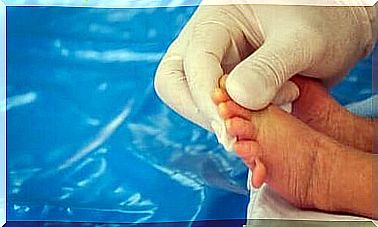What Is The Role Of The Umbilical Cord In Pregnancy?
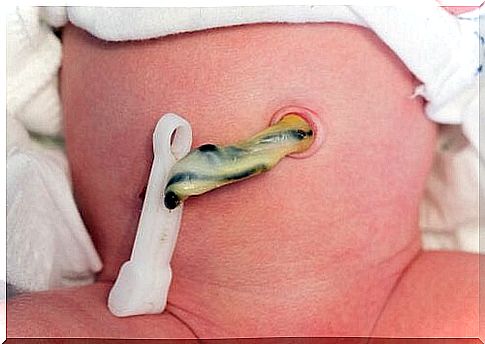
The role of the umbilical cord is central to fetal development. This tube, which runs from the fetal navel to the mother’s placenta, is responsible for the metabolism between the fetus and the mother, which means that the fetus receives nourishment and oxygen through it while the waste products are removed.
The role of the umbilical cord in pregnancy
The umbilical cord is a threaded tube about 50 cm long, which is usually twisted into 10-12 threads. Two umbilical arteries and one umbilical vein pass through the umbilical cord. All of these are located in a liquid called Wharton’s jelly. This loose, gel-like connective tissue gives the umbilical cord durability and prevents it from entering the knot. The two arteries and one vessel of the umbilical cord are in the shape of a triangle, two sides of which consist of these arteries and the third side of the vein.
The umbilical cord is formed between the fourth and eighth week of pregnancy. The midwife or doctor cuts the umbilical cord after the birth of the child, and thus a permanent scar, i.e. the navel, is formed in place of the umbilical cord.
This, together with the removal of the placenta from the uterus after the birth of the child, reflects the temporary nature of these organs. Both are formed only to perform a certain temporary task, after which they become scrap.
As the fetus grows in the womb, the umbilical cord is its only source of food, blood, and oxygen. It forms the connection between the mother’s placenta and the fetal navel. Due to the above functions, the role of the umbilical cord is invaluable in fetal development.
It is also the strongest physical demonstration of the union between mother and child of all. For this and many other reasons, mothers are vital pillars in the lives of their children.
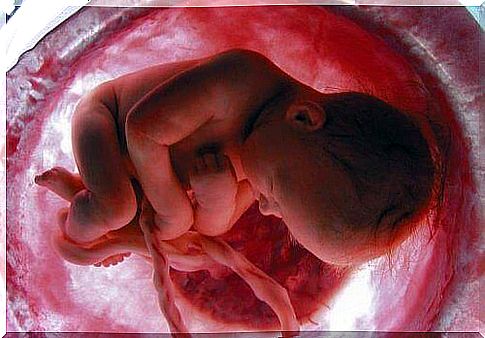
Umbilical cord functions
We would like to highlight the key roles of the umbilical cord in fetal development:
- Nutrition: The umbilical cord carries nutrients from the mother’s placenta to the fetus.
- Inhalation: The transport of oxygenated blood to the fetus is the responsibility of the umbilical cord.
- Slag excretion: Carbon dioxide formed from respiration and excess nutrients is removed through the umbilical cord.
- High stem cell content: Fetal stem cells are undifferentiated cells, which means they can transform into any kind of cell. They can become skin cells, nerve tissue, or cells that make up the heart, kidneys, etc. If these stem cells are stored, they can be used to treat diseases such as childhood leukemia, spinal injuries, or heart problems.
- Transmission of antibodies: In late pregnancy, the mother sends antibodies formed in her body to the fetus. These antibodies play a role in the development of resistance in the baby .
- Prevention of other abnormalities: According to a report by Genome Biology, examination of umbilical cord cells in premature infants may help diagnose severe changes within the lungs such as bronchopulmonary dysplasia.
As we can see, the role of the umbilical cord is not only to act as a vital part in the development of new life, but it also provides a way to save lives.
Donating umbilical cord blood is a painless process that can be performed immediately after delivery.
More detailed information on umbilical cord care
Postpartum umbilical cord care raises many questions. Medical professionals have traditionally severed the umbilical cord immediately after the birth of a baby. However, the World Health Organization and many researchers recommend waiting 30 to 120 seconds before umbilical cord surgery. This reduces the need for a baby to have a possible blood transfusion and reduces the risk of intravenous bleeding.
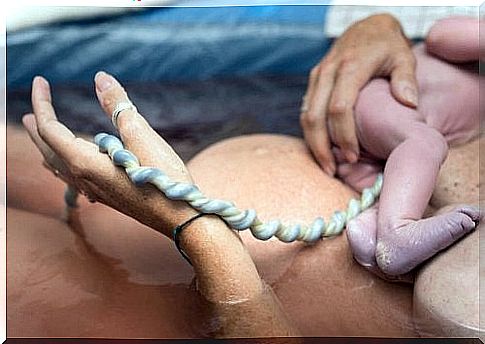
The newborn is left with a umbilical cord from the umbilical cord, which gradually detaches within about 1-2 weeks. The navel must be treated until it is completely healed. Sufficient cotton swabs, cotton swabs and clean water to clean the hub. It is important that the pole is cleaned as accurately as possible under the edge of the stub with a damp cotton swab. After cleaning, the hub must be dried carefully and accurately.
A newborn baby can be washed and soaked, but great care must be taken with the stub of the loose umbilical cord. The hub area must always be gently dried afterwards. The area of the hub can also be ventilated so that it does not brew constantly under the mantle.
If your baby’s navel starts to smell bad, red, or excrete a lot of wet secretions, you should go to the clinic that shows you. The mildly foul-smelling navel can be treated at home with an antiseptic solution, but these substances are not intended to be used on the well-healing navel for safety.


